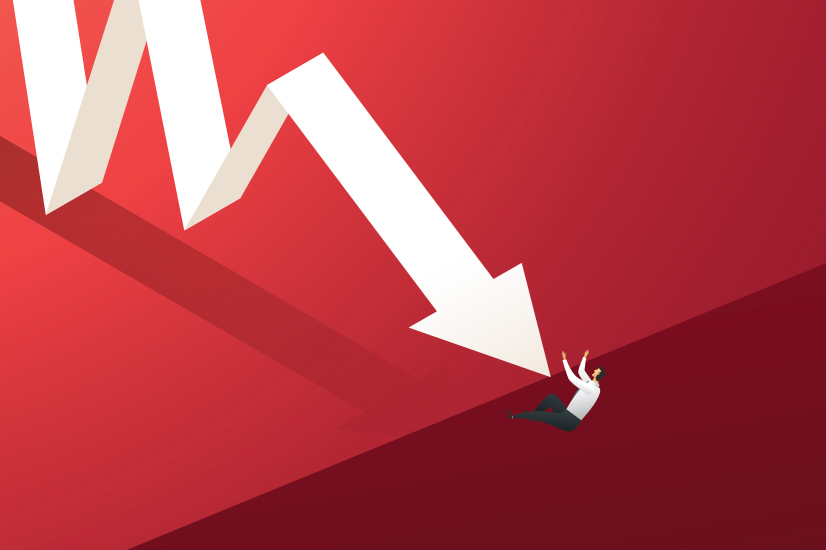Invest
Jobless rate falls to 14-year low
The jobless rate fell to a 14-year low of 4.0 per cent in February.
Jobless rate falls to 14-year low
The seasonally adjusted unemployment rate fell to 4.0 per cent in February, the lowest on record since August 2008, according to data released on Thursday by the Australian Bureau of Statistics (ABS).
This is only the third time in the history of the monthly survey when unemployment was as low as 4.0 per cent.
“With employment increasing by 77,000 people and unemployment falling by 19,000, the unemployment rate fell by 0.2 percentage points, to 4.0 per cent,” Bjorn Jarvis, head of labour statistics at the ABS, said.
The unemployment rate for women hit a 28-year low, sitting at 3.8 per cent in February, while the unemployment rate for men fell to 4.2 per cent, its second lowest level since November 2008.
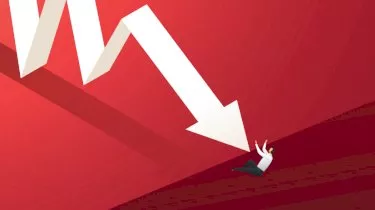
Overall, the latest job numbers beat market expectations. Following a loss of momentum in January, due to the Omicron outbreak, Australia’s labour market continued to tighten in February.
The participation rate too increased to a new record high of 66.4 per cent, as the tight jobs market encouraged workers into the labour force.
Seasonally adjusted hours worked rebounded in February by 8.9 per cent, following the large fall of 8.6 per cent in January, when an unseasonally high number of people were sick or on leave.
“While hours worked rebounded in February, they were still around 0.5 per cent below December, and also still slightly below (0.2 per cent) the pre-Delta period high of May 2021, reflecting a second month of impacts associated with the Omicron variant,” Mr Jarvis said.
Commenting on Thursday’s data, HSBC said labour supply will continue to improve now that Australia's international border has reopened.
“International workers, students, and backpackers are all likely to help labour supply meet labour demand,” the bank’s economists said in a statement.
“Australia's labour market should be highly attractive to workers from offshore, with record high job vacancies, one of the highest minimum wages in the developed world and comparatively good health and broader economic outcomes.
“As a result, we expect the jobs market to tighten at a more gradual pace over coming months.”
As for the Reserve Bank (RBA), which has kept a close eye on labour movements, HSBC does not expect the latest figures to alter the central bank’s view on the Australian economy.
Subdued wages growth despite a tight labour market is one of the key factors underpinning the RBA's 'patient' approach to its cash rate setting.
Nonetheless, with wages gradually lifting and a tightening labour market, coupled with building inflationary pressures, HSBC expects the RBA to start lifting its cash rate from Q3 2022.
About the author

About the author


Economy
RBA's hawkish stance reflects inflation concerns, State Street economist comments
In a recent statement, the Reserve Bank of Australia (RBA) has signaled a hawkish stance on interest rates, drawing insights from financial experts about the implications for Australia's economic ...Read more

Economy
Navigating the inflation maze: How CFOs can outsmart economic hurdles in Australia
Fresh inflation data have cooled expectations of near-term rate cuts in Australia, intensifying pressure on margins, capital allocation and demand. Rather than wait for monetary relief that may not ...Read more

Economy
Inflation concerns rise as Australia's CPI climbs to 3.8% in October
Australia's latest Consumer Price Index (CPI) figures have sent ripples through the economy, with headline inflation accelerating to 3.8% year-on-year in October, up from 3.6% in September. The data, ...Read more
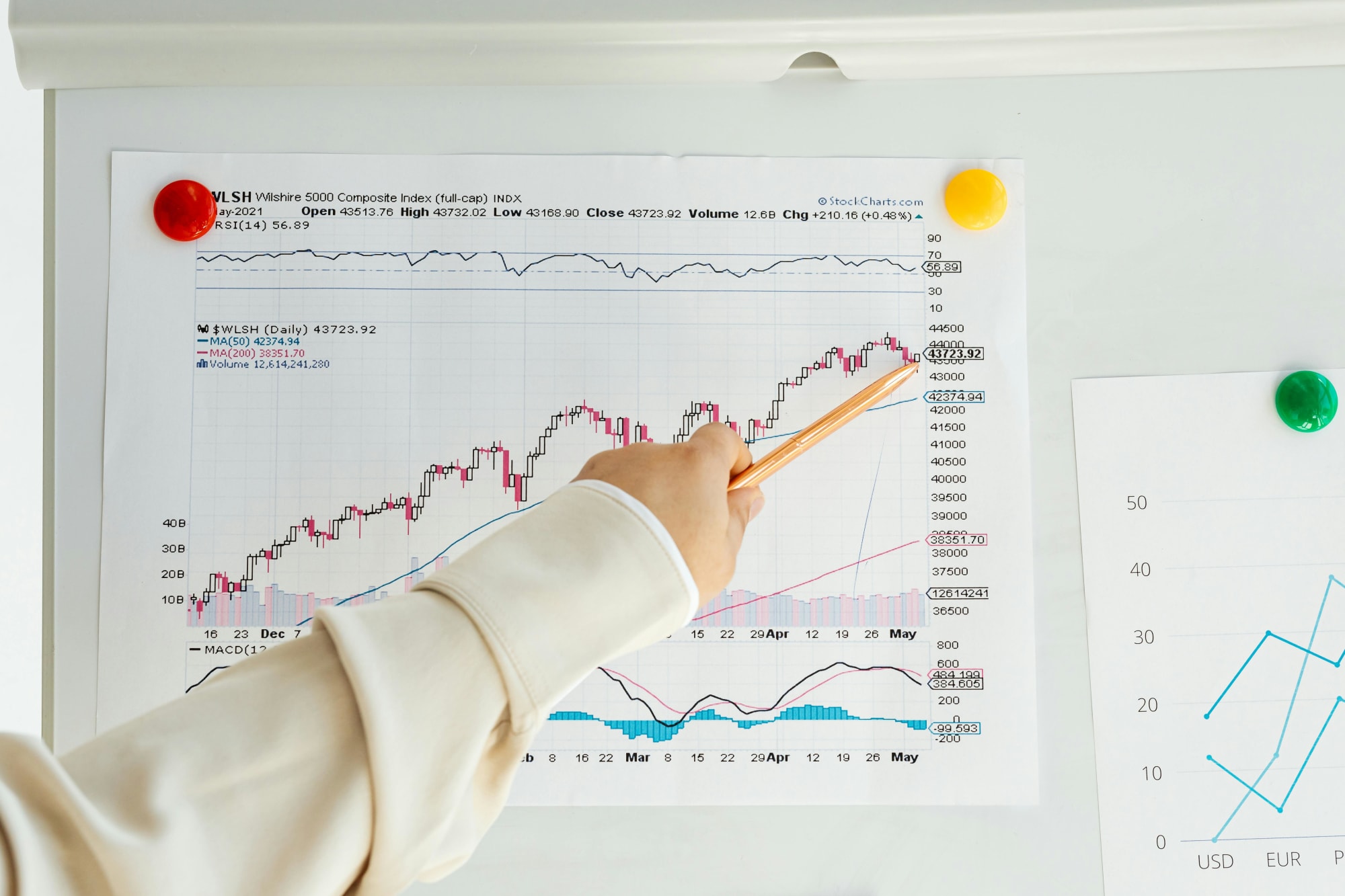
Economy
October CPI results pose challenges for RBA’s monetary policy stance
In a surprising turn of events, the October Consumer Price Index (CPI) data has raised eyebrows among economists and market strategists, revealing stronger-than-expected inflationary pressures in ...Read more
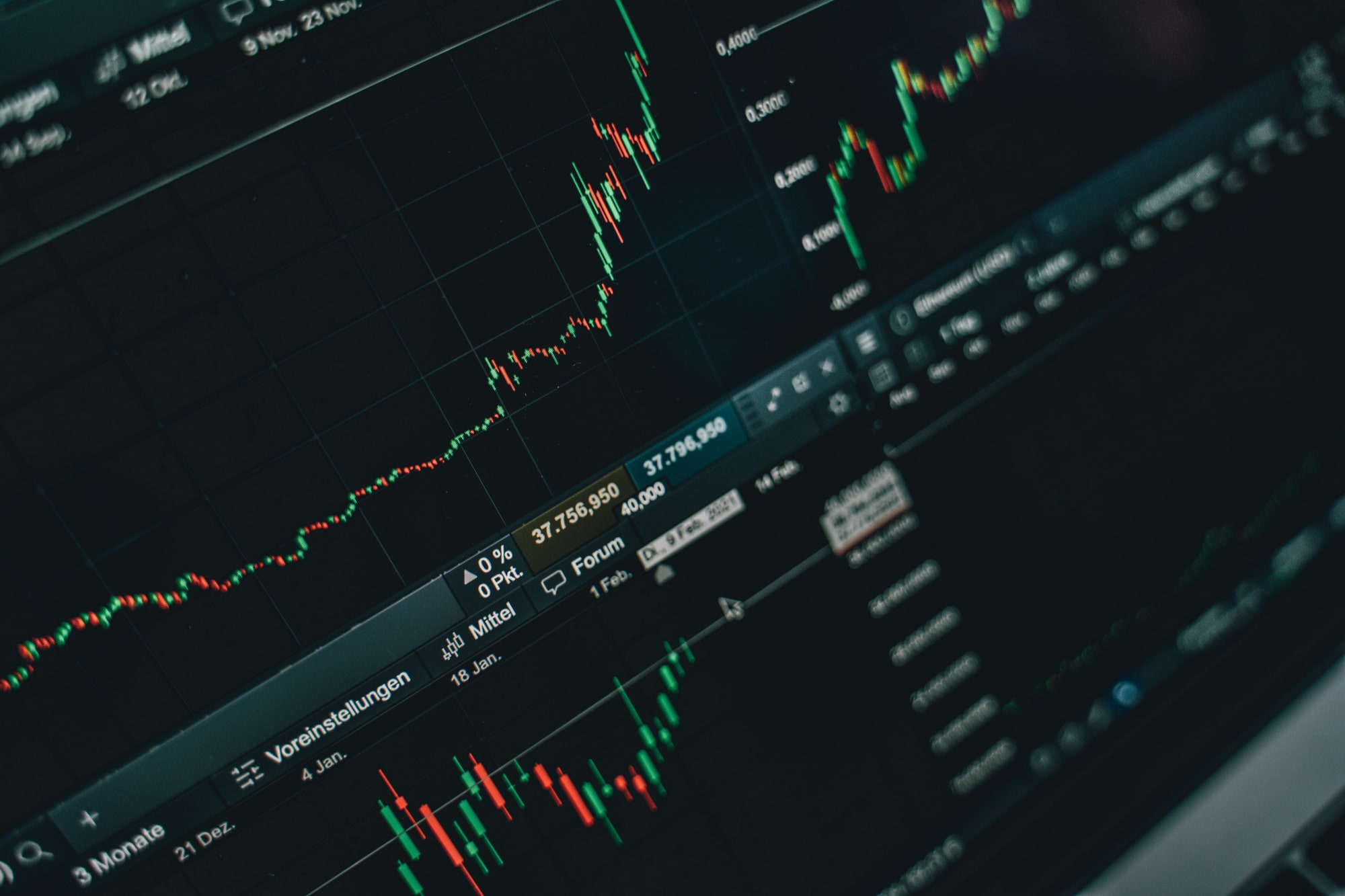
Economy
Global deal activity declines by 6% amid economic uncertainty, reports GlobalData
In a year characterised by economic turbulence and evolving market conditions, global deal activity has witnessed a notable downturn during the first ten months of 2025. According to GlobalData, a ...Read more

Economy
Australia’s softening labour market puts another RBA cut in play — here’s what business should do now
A four-year high in unemployment has revived expectations the Reserve Bank could deliver another rate cut as soon as November. With quarterly GDP growth running at 0.6 per cent and annual growth at ...Read more

Economy
Rising CPI reinforces RBA’s stance as rate cut expectations remain: State Street
State Street Global Advisors says the Reserve Bank of Australia (RBA) is likely to hold its current policy outlook following the release of September quarter inflation data, which showed an unexpected ...Read more
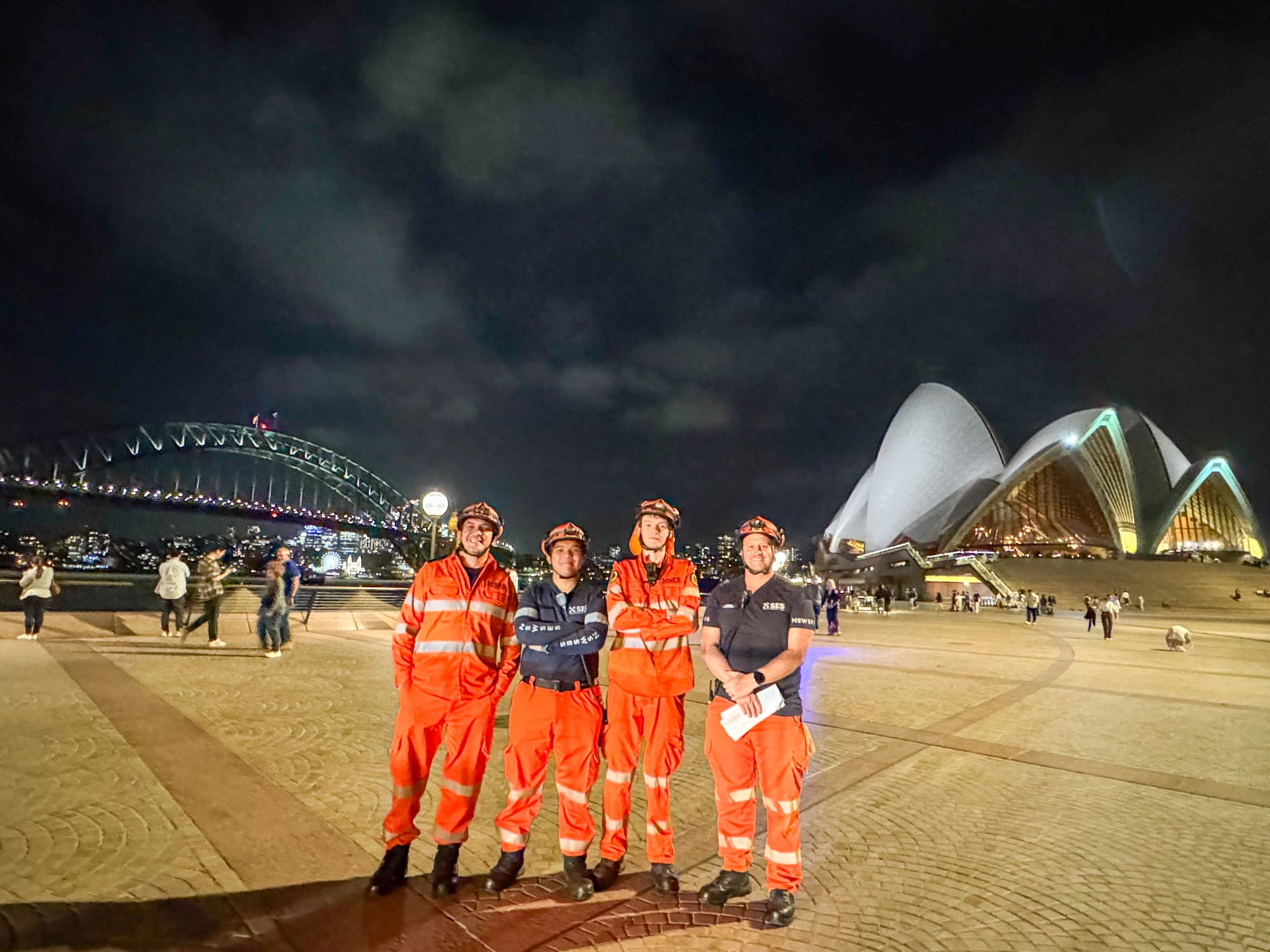
Economy
NSW SES boosts tsunami preparedness ahead of World Tsunami Awareness Day
As World Tsunami Awareness Day approaches on 5 November, the New South Wales State Emergency Service (NSW SES) is ramping up efforts to enhance tsunami preparedness along the east coastRead more

Economy
RBA's hawkish stance reflects inflation concerns, State Street economist comments
In a recent statement, the Reserve Bank of Australia (RBA) has signaled a hawkish stance on interest rates, drawing insights from financial experts about the implications for Australia's economic ...Read more

Economy
Navigating the inflation maze: How CFOs can outsmart economic hurdles in Australia
Fresh inflation data have cooled expectations of near-term rate cuts in Australia, intensifying pressure on margins, capital allocation and demand. Rather than wait for monetary relief that may not ...Read more

Economy
Inflation concerns rise as Australia's CPI climbs to 3.8% in October
Australia's latest Consumer Price Index (CPI) figures have sent ripples through the economy, with headline inflation accelerating to 3.8% year-on-year in October, up from 3.6% in September. The data, ...Read more

Economy
October CPI results pose challenges for RBA’s monetary policy stance
In a surprising turn of events, the October Consumer Price Index (CPI) data has raised eyebrows among economists and market strategists, revealing stronger-than-expected inflationary pressures in ...Read more

Economy
Global deal activity declines by 6% amid economic uncertainty, reports GlobalData
In a year characterised by economic turbulence and evolving market conditions, global deal activity has witnessed a notable downturn during the first ten months of 2025. According to GlobalData, a ...Read more

Economy
Australia’s softening labour market puts another RBA cut in play — here’s what business should do now
A four-year high in unemployment has revived expectations the Reserve Bank could deliver another rate cut as soon as November. With quarterly GDP growth running at 0.6 per cent and annual growth at ...Read more

Economy
Rising CPI reinforces RBA’s stance as rate cut expectations remain: State Street
State Street Global Advisors says the Reserve Bank of Australia (RBA) is likely to hold its current policy outlook following the release of September quarter inflation data, which showed an unexpected ...Read more

Economy
NSW SES boosts tsunami preparedness ahead of World Tsunami Awareness Day
As World Tsunami Awareness Day approaches on 5 November, the New South Wales State Emergency Service (NSW SES) is ramping up efforts to enhance tsunami preparedness along the east coastRead more






